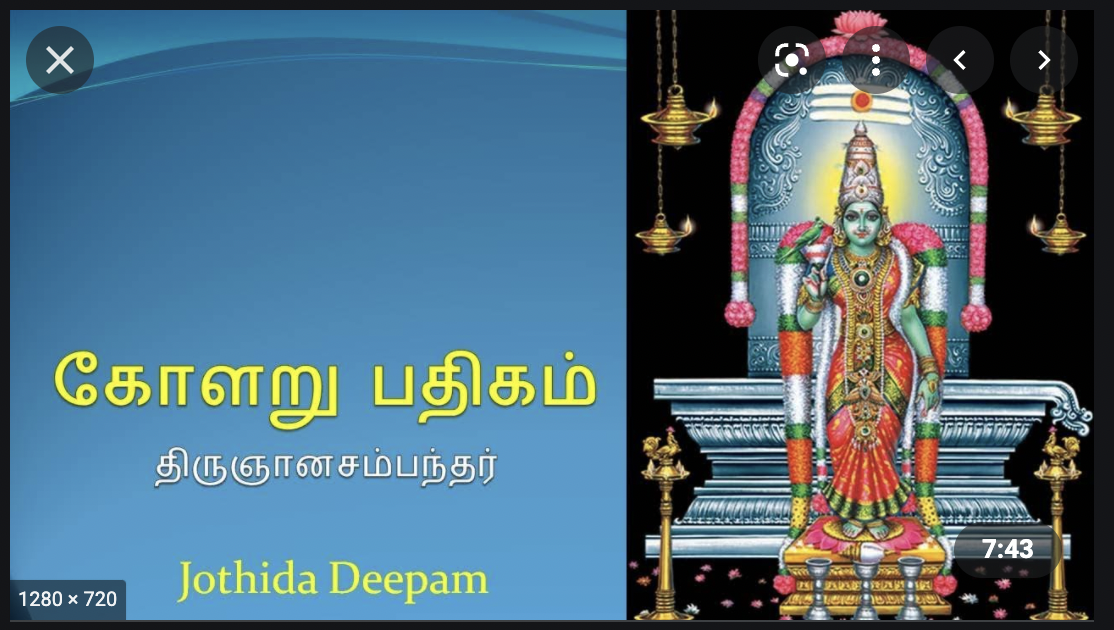

Or, from vāram “song” or “dance” in honour of the divinity, we gloss “ tevā pāṇi” “song or melody in the service of God”. For example, we break tē ( v) “divinity” + āram “garland” in referring to the hundred hymns of Cuntarar or Campantar but to only one of Appar, where the envoi verse uses the fairly common metaphorical formula Tamil-mālai “Tamil garland” apropos the songs. Modern explanations resort to popular etymology. The meaning of the word tēvāram is itself obscure. Tēvāram is a canonical collection of hymns to Shiva, a kind of psalter and is essentially the perfected lyrical expression in the Shaivite domain of the most powerful movement of religious fervour, or Bhakti, to emanate from the Tamil world between the 6th and 9th centuries.1 From a more technical point of view, the Tēvāram constitutes, in the body of twelve Tirumuṟai (sacred work), the first seven divided between three authors: Ñāṉacampantar (I-III), Appar (III-VI) and Cuntarar (VII) who form the Shaivite "trio" (Mūvār), whence the appellation Mūvār Tēvāram frequently given to their work in its totality. Source: OpenEdition books: Deep rivers (Selected Writings on Tamil literature) The earliest singers of Tevaram hymns were referred to as pidarars, and were among the Tirupadiyam Vinnapam Seyvar that Nandivarman III provided for in Tiruvallam Bilavaneswara temple records dating from the 8th century.

They continue to be part of temple liturgy today. The hymns were set to music denoted by panns and are part of the canon of Tamil music. The three poets were not only involved in portraying their personal devotion to Shiva, but also engaged a community of believers through their songs, and their work is an important source for understanding the emergence of the Bhakti movement in early medieval South India.Īll the songs in Thevaram, called pathikam, are believed to be in sets of ten. These volumes contain the works of the three most prominent Tamil poets of the 7th and 8th centuries: Sambandar, Appar, and Sundarar. The Thevaram (Tēvāram) denotes the first seven volumes of the Tirumurai, the twelve-volume collection of Śaiva devotional poetry.

Thevaram in India history glossary Source: Wikipedia: India History


 0 kommentar(er)
0 kommentar(er)
